interior floor paint emergency
raro
12 years ago
Related Stories
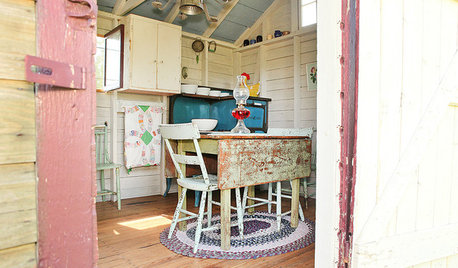
HOUZZ TOURSMy Houzz: A Backyard Getaway Emerges From a Grain Shed
Cozy and brimming with country charm, this snug antiques-filled hideout encourages quiet pastimes
Full Story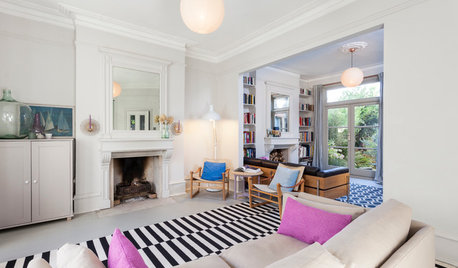
DECORATING GUIDESMy Houzz: Light Emerges in a Dark Victorian House
A designer freshens up her family’s period home by opening rooms to sunlight and decorating it in light, bright colors
Full Story
LIFEHow to Prepare Your House for Emergencies
Knock on wood you won't have any big mishaps at home, but it's important to be ready. Our checklist can help
Full Story
STUDIOS AND WORKSHOPSA Sleek Studio Emerges From a Cinderblock Warehouse
A plain pink box becomes a modern workspace and showroom that displays refined industrial-style design along with the company's creations
Full Story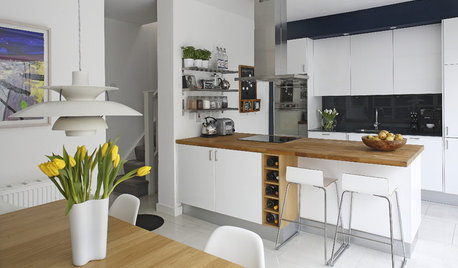
MODERN HOMESHouzz Tour: Modernism Emerges in a Dublin Victorian
An urban Irish home trades a dilapidated structure for an open layout, skylights and indoor-outdoor flow
Full Story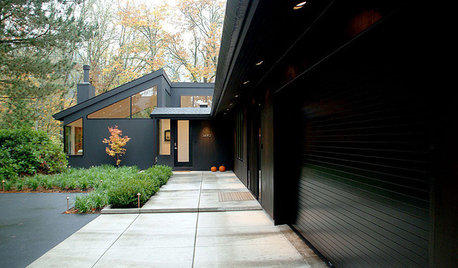
EXTERIORSHome Noir: Black Exteriors Emerge From the Shadows
People are darkening their doorsteps more and more around the U.S. — but is the trend a bright idea?
Full Story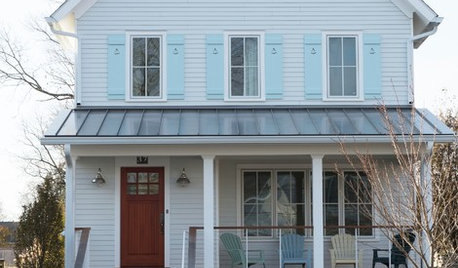
DISASTER PREP & RECOVERYHouzz Tour: Modern Farmhouse Emerges From Hurricane Sandy Devastation
A homeowner loses her cottage but gains a new energy-efficient, low-maintenance home
Full Story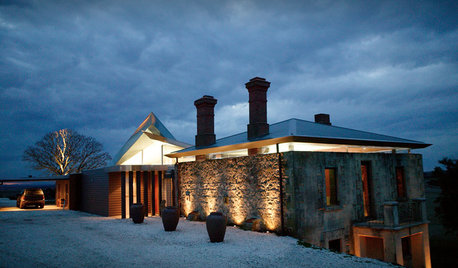
CONTEMPORARY HOMESHouzz Tour: Modern Retreat Emerges From a 19th-Century Ruin
A contemporary country home builds on the remains of an abandoned 1860s homestead
Full Story
HOME TECHEmerging Virtual-Reality Home Systems Might Blow Your Mind
Get near-total immersion in home entertainment with virtual-reality gadgets worthy of a sci-fi flick, coming soon
Full Story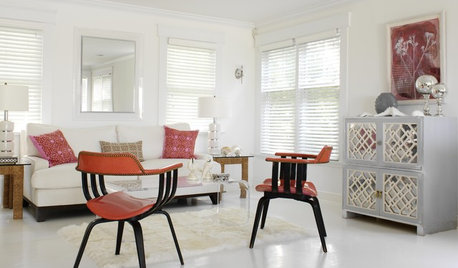
REMODELING GUIDESAre You Gutsy Enough to Paint Your Floor White?
Sleek and glossy or softened by wear, white floors charm
Full StoryMore Discussions











Christopher Nelson Wallcovering and Painting
paintguy22
Related Professionals
Waggaman Paint & Wall Coverings · Greenville Painters · Jacksonville Painters · Weston Painters · Avenel Painters · Huntsville Painters · Farmers Branch Cabinets & Cabinetry · Lakeside Cabinets & Cabinetry · Red Bank Cabinets & Cabinetry · Stoughton Cabinets & Cabinetry · Fort Pierce Flooring Contractors · Lebanon Flooring Contractors · New Bern Flooring Contractors · Raytown Flooring Contractors · Toledo Flooring ContractorsraroOriginal Author
paintguy22
raroOriginal Author
paintguy22
Christopher Nelson Wallcovering and Painting